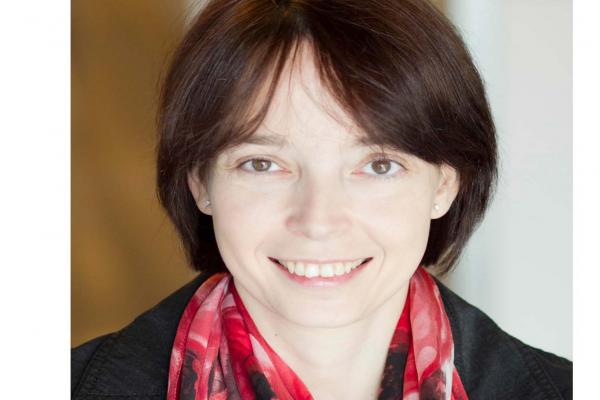
Structured light and structured matter are two fascinating branches of modern optics that recently started having a significant impact on each other. The synergy of complex beams, such as the beams carrying an orbital angular momentum (OAM), with nanostructured “engineered” media is likely to bring new dimensions to the science and applications of structured light ranging from fundamentally new regimes of spin-orbit interaction to novel ways of information encoding for the future optical communication systems. However, integrating structured light, which commonly is created using bulk optics, on miniaturized silicon chips represents a significant challenge.
We will discuss fundamental optical phenomena at the interface of singular and nonlinear optics in engineered optical media and show that the unique optical properties of optical nanostructures open unlimited prospects to “engineer” light itself. We present theoretical and experimental studies of light-matter interactions of vector and singular optical beams in optical nanostructures and microcavities. In particular, we propose several approaches to ultra-compact structured light wavefront shaping using metal-dielectric and all-dielectric resonant metasurfaces. Moreover, by exploiting the emerging non-Hermitian photonics design at an exceptional point, we demonstrate a microring laser generating a single-mode OAM vortex lasing with the ability to precisely define the topological charge of the OAM mode. We show that the polarization associated with OAM lasing can be further manipulated on demand, creating a radially polarized vortex emission. Our OAM microlaser could find applications in the next generation of integrated optoelectronic devices for optical communications in both quantum and classical regimes. Finally, we discuss our recent studies of nonlinear structured light propagation and necklace beam formation in soft-matter media, such as colloidal suspensions, that offer a promising platform for engineering polarizabilities as well as large and tunable nonlinearities. These results may be of interest for imaging and spectroscopic applications using light propagating in highly scattering biological and chemical media.
